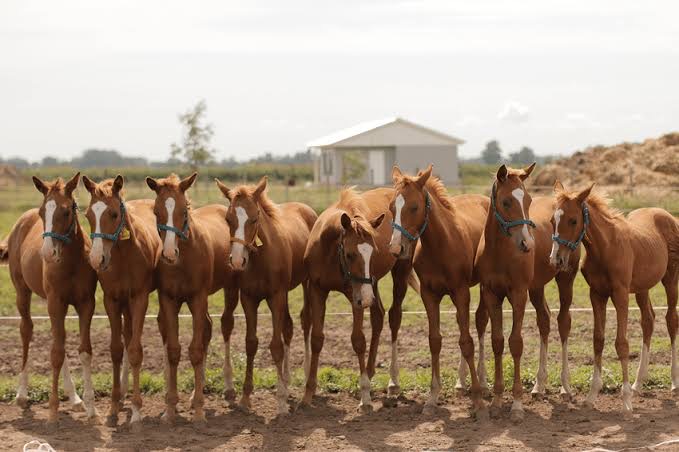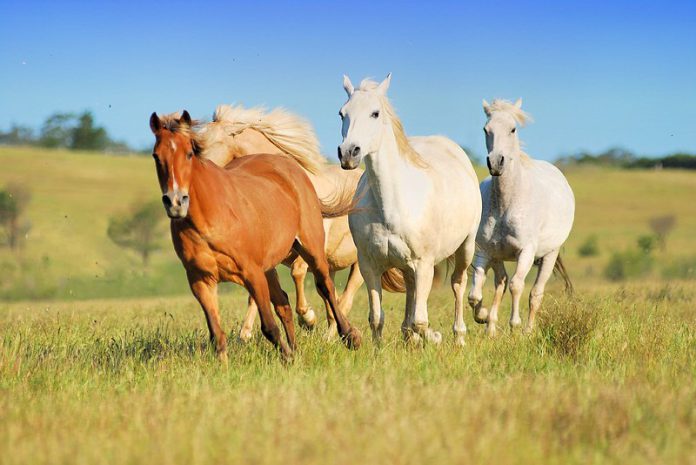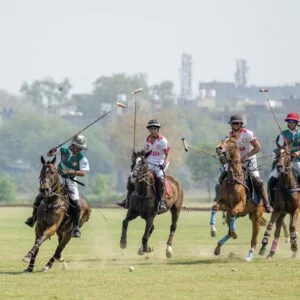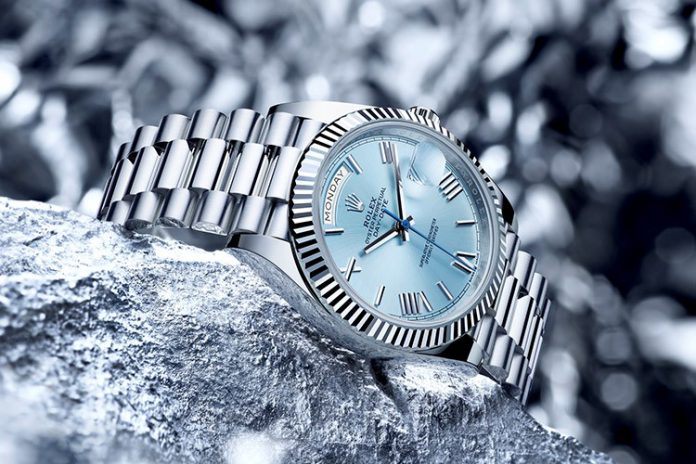Polo needs complete synchronization between the horse and the player. In an interview with Haley Cohen (source: Vanity Fair), Adolfo Cambiaso talks of the idea to make his stallion immortal. Aiken Cura was an agile chestnut horse who supported him through many victories. Unable to face the stallion’s demise, he took a bit of its blood (from the neck) and froze it in a Buenos Aires laboratory for some fateful day when he could reuse it. By 2015, he realized his dream with clones of Aiken Cura EO1 and others. At that point, he had 25 clones of his champion horse. At that time, there were about 300 cloned horses in the world.
Although this was a major movement within the equestrian world, it wasn’t novel to the genetic and reproduction world, as in 1996 a sheep clone named Dolly was created.

After cloning Aiken, Cambioso cloned his renowned champion pony Cuartetera and the first observation made was that they weren’t exactly identical. The new clones did resemble the temperament and subtle personality of Cuartetera, which meant they mirrored its majestic maneuverability and would make perfect companions. The company ViaGen uses state-of-the-art technology that produces cloned horses for stables around the world; they clone them through biopsy punches with a procedure that is so mild that the clone can be done the same day.
The ethicality behind such a move has been discussed before. The research named, “Is Cloning Ethical?” by MLH Campbell (2018), gives a deeper dive into the subject on multiple variables. In a 2008 survey, 61% people thought it was wrong to clone an animal and the article’s author describes it because of the taboo attached to asexuality among animals.

At the same time with rare equine breeds such as the Manipuri or the Akhel Teke, for instance, this idea can seem sustainable though the doubt of natural adaptation arises. Additionally, the idea that the stallions will get chosen more than the mares also provides a bigger problem.
On ethical grounds, the process is considered like conducting a skin biopsy on the stallion wherein the same amount of mild pain would be felt but nothing out of the ordinary as techniques like artificial insemination are present within the world of sporting.





